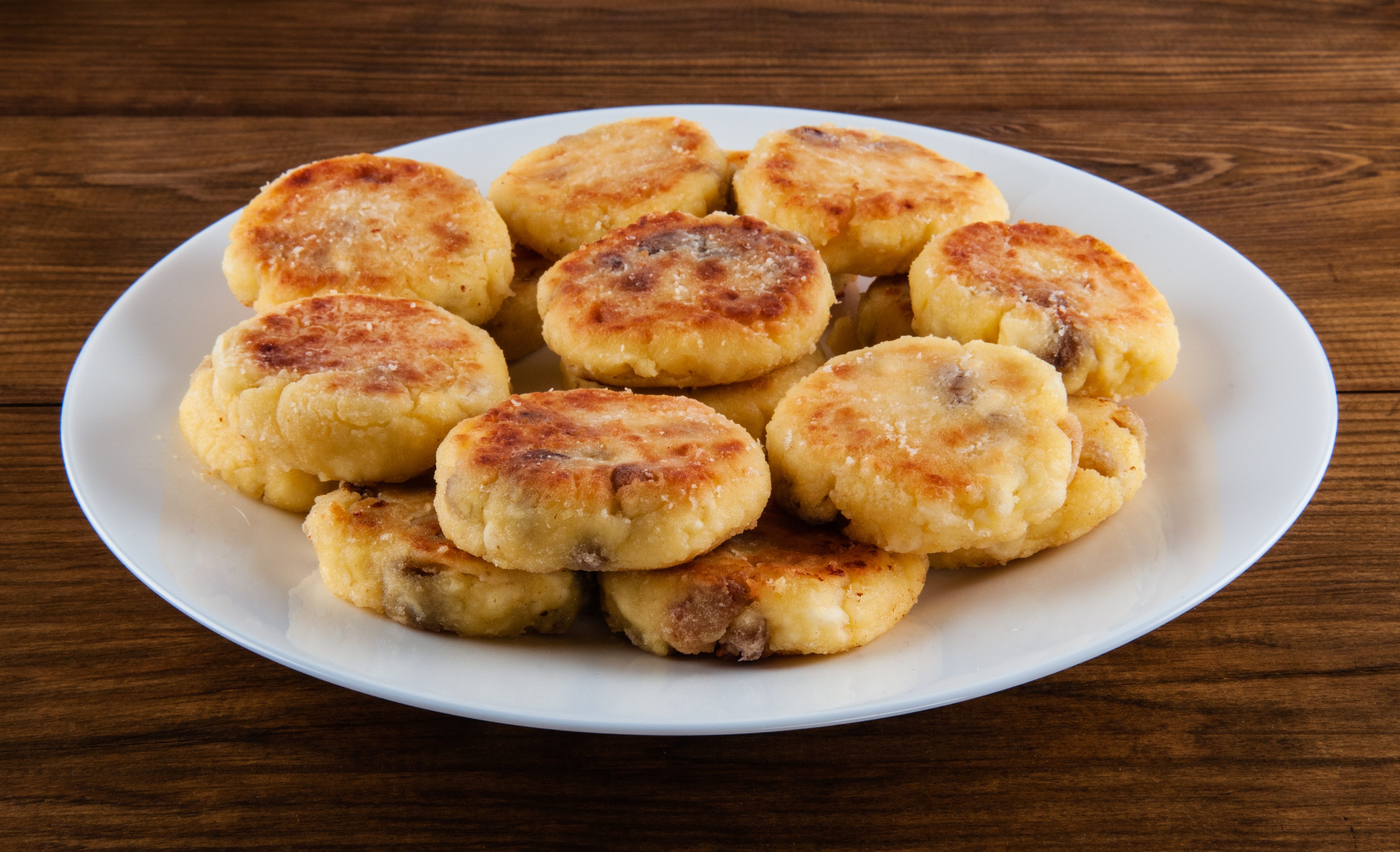German Pancakes: the effortless recipe for making Dutch Baby Pancakes

A German pancake is a delicious, easy breakfast recipe everyone loves, especially kids as these sweet treats puff up while they cook in the oven. Also called Dutch baby pancakes, they're more similar to a giant British Yorkshire pudding in look.
The recipe is also quite ‘hands-off’ which makes it easier to make for a crowd. German pancakes are slightly flat and fluffy in the middle, with tall, crispy edges around the rim. For this impressive breakfast, you don’t need any special ingredients. Grab a few eggs, milk, flour, and butter, and you’re ready to make custardy, eggy pancakes for a hungry crowd. Top them with fresh fruit and your favorite syrup, you won't regret it!
What Are German Pancakes?
German pancakes go by many different names: German pancake, a Bismarck, a Dutch puff, or even a Hootenanny! Essentially, it’s a giant, fluffy pancake made from eggs, milk, flour and butter, and baked in the oven, so you don't need to cook it in a pan.
Interestingly, although it’s called Dutch Baby Pancakes, it’s actually German in origin. It’s said that the owner’s daughter could not pronounce Deutsch (which means German) properly so she called it Dutch Pancakes instead!
German Pancakes Vs Regular Pancakes
While they have the same ingredients, the difference between German pancakes and regular pancakes is in the way they’re made. Whereas regular pancakes are fried in a pan and flipped, the German pancake is made in the oven with no flipping involved.

How To Make German Pancakes
Heat up your oven and place a baking sheet for about 1 minute before pouring the batter in. Now prepare the batter. Whisk eggs with a pinch of salt and milk. Then add the flour and whisk well until no lumps are left in the batter.
Place the butter on the warmed baking sheet and spread it around until completely melted. Make sure to add enough butter to prevent the pancake from sticking. Carefully pour the pancake batter on top.
Bake for 10 minutes, then lower the temperature and bake for 15 minutes more. The pancake will start to rise because of steams being released. Once you remove them, they will start to deflate. Once the pancake has cooled a bit, you can remove it. Serve dusted with powdered sugar with some fresh berries on the side.
Tips
German Pancakes are most often made in a cast iron skillet. If you don’t have one, you can use any heavy-bottomed oven pan.
Eggs are what give this Dutch Pancake its characteristic puff. Don’t use egg substitutes or egg whites only.
Dutch Baby Pancake Variations
These Dutch Baby Pancakes taste delicious when served with fruit. Try any of the following: stewed apples, blueberries, blackberries, and raspberries.
If you prefer dairy, feel free to add a dollop of whipped cream, ice cream, or custard.
How To Store And Reheat Dutch Baby Pancakes
Although it's best to enjoy them as soon as possible, German pancakes can be stored in the fridge for up to 3 days. Allow to cool completely and store in an airtight container.
These pancakes can also be frozen. Allow to cool completely, then wrap with plastic wrap and freeze for up to 3 months.
More Breakfast Recipes You'll Like
Ingredients
Instructions
Heat up your oven to 250C/480F. Warm up the baking sheet in the oven for 1 minute before pouring the batter in.

Heat up your oven to 250C/480F. Warm up the baking sheet in the oven for 1 minute before pouring the batter in.
In a large bowl, whisk eggs with a pinch of salt and milk.

In a large bowl, whisk eggs with a pinch of salt and milk.
Add flour.

Add flour.
Mix until no lumps are left in the batter.

Mix until no lumps are left in the batter.
Add butter to a warm baking sheet.

Add butter to a warm baking sheet.
Let it melt in the oven.

Let it melt in the oven.
Pour the batter on top.

Pour the batter on top.
Spread the mixture evenly.

Spread the mixture evenly.
Bake for 10 minutes, then lower the temperature to 180C/350F and bake for 15 minutes more. Remove from the oven, then let it cool for a while. Remove it from the baking dish.

Bake for 10 minutes, then lower the temperature to 180C/350F and bake for 15 minutes more. Remove from the oven, then let it cool for a while. Remove it from the baking dish.
Dust it with powdered sugar.

Dust it with powdered sugar.
Slice and serve German pancakes with some fresh berries on the side. Enjoy!
;Resize,width=767;)
;Resize,width=712;)

;Resize,width=712;)
